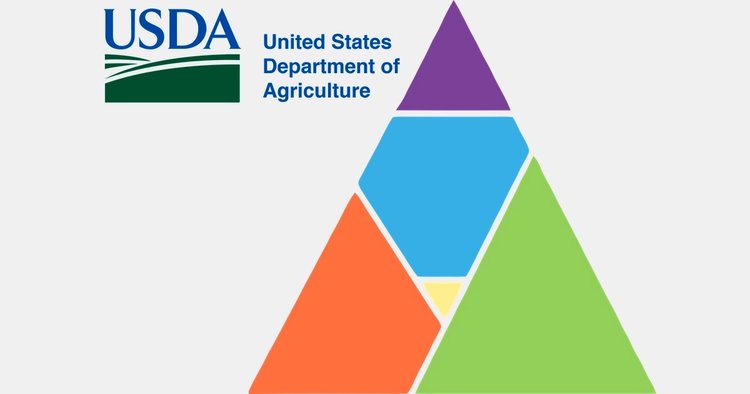
I had the pleasure yesterday of presenting at a Web 2.0 Summit sponsored by Kaiser Permanente. Our panel was moderated by Ted Eytan, M.D., who also presented on his blogging experience from the last four years as part of Kaiser’s sister (or cousin, or some other relation I don’t completely understand) organization, Group Health. He’s an interesting guy who also has a passion for LEAN in Health Care, which is the topic of the other blog on which he is a collaborator. I also got to meet and hear Tim Collins from Wells Fargo, whose company has official blogs that include Guided by History, The Student LoanDown and one that supports Stagecoach Island, its virtual world. TIm says Wells Fargo was the first big brand in Second Life, but that they got out just as many others were starting to get in. Now they have a world of their own.
Charlene Li from Forrester Research opened the Summit with an overview of Web 2.0. She’s also the co-author of Groundswell, a book I just bought at Audible.com (It’s also here on Amazon, and I’ll be reviewing it after I listen to it over the next few days). Before her presentation, we got to talk about our experience with audio books, and I recommended some from Patrick Lencioni that I think most people in business would find extremely helpful (and which I have reviewed on this blog): The Five Dysfunctions of a Team and Silos, Politics and Turf Wars. (I thought I had reviewed Death by Meeting, too…but I guess that’s on my to-do list.)
I’ll have my full review of Groundswell, but meanwhile here are some of the high points and recommendations from Charlene’s presentation:
Focus on the relationships, not the technologies. At Forrester, they have developed a four-step process using the acronym POST. You should consider:
- People – for those you want to reach and with whom you want to interact, consider their characteristics and what kinds of social media involvement they have already. Getting seniors into a 3D virtual world may be a mismatch, unless the group you’re targeting is retired Microsoft or IBM engineers.
- Objectives – Decide what you want to accomplish
- Strategy – Plan for how relationships with customers will change
- Technology – Decide which social technologies to use
Charlene’s blog has a fuller discussion of POST, and I’m sure Groundswell will be even more detailed.
Part of analyzing People is determining where they are on the Ladder of Participation.
Charlene had a lot of other great material in her presentation, but she closed with some Keys to Success:
- Start with Your Customers.
- Choose Objectives You Can Measure
- LIne Up Executive Backing
- Romance the Naysayers
- Start Small, but Think Big
I particularly like that last point, because it fits with the SMUG (It’s all Free) philosophy. It’s possible to start small because the barriers to entry are practically non-existent, but you should plan for success to that you can scale up as necessary.
For example, you can start a blog hosted on WordPress.com and map to a domain or subdomain of your choosing for $10-$20 (and can extensively customize your look and feel for another $15). Later, if your blog is successful and you decide you want to host it elsewhere to allow more use of Flash and embedded widgets, you can just download and install WordPress from WordPress.org and re-map the domain, and you won’t lose any of your links. I’ll have more on that as I build out the Blogging curriculum.

